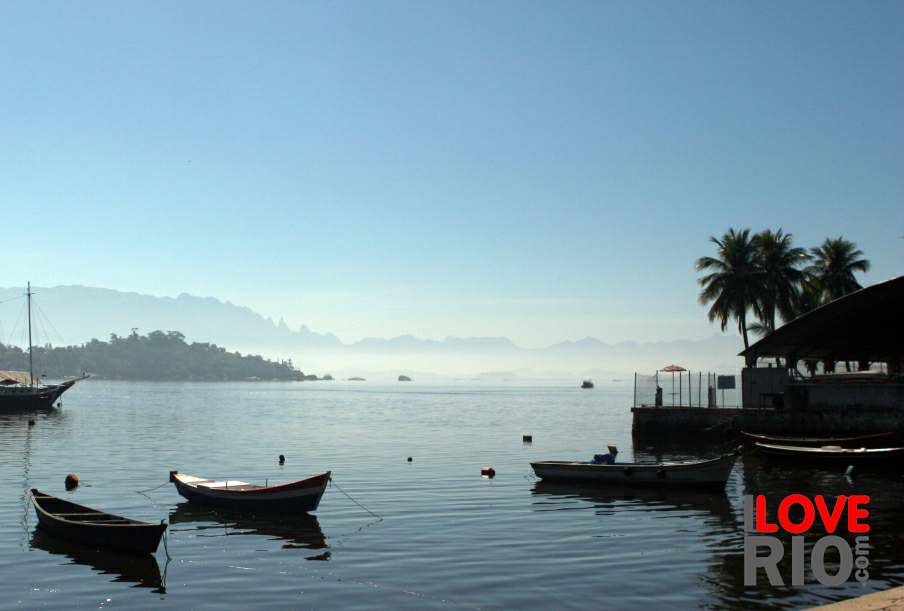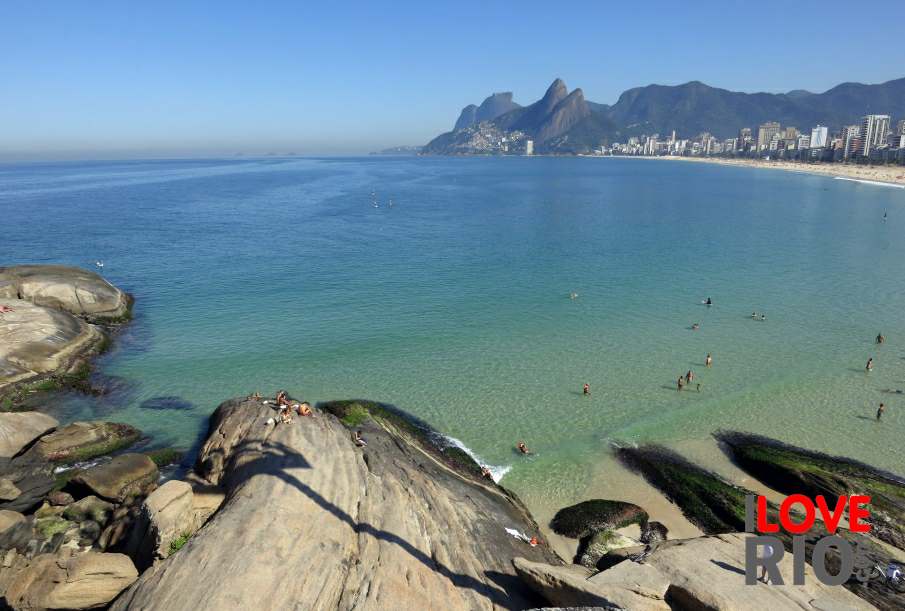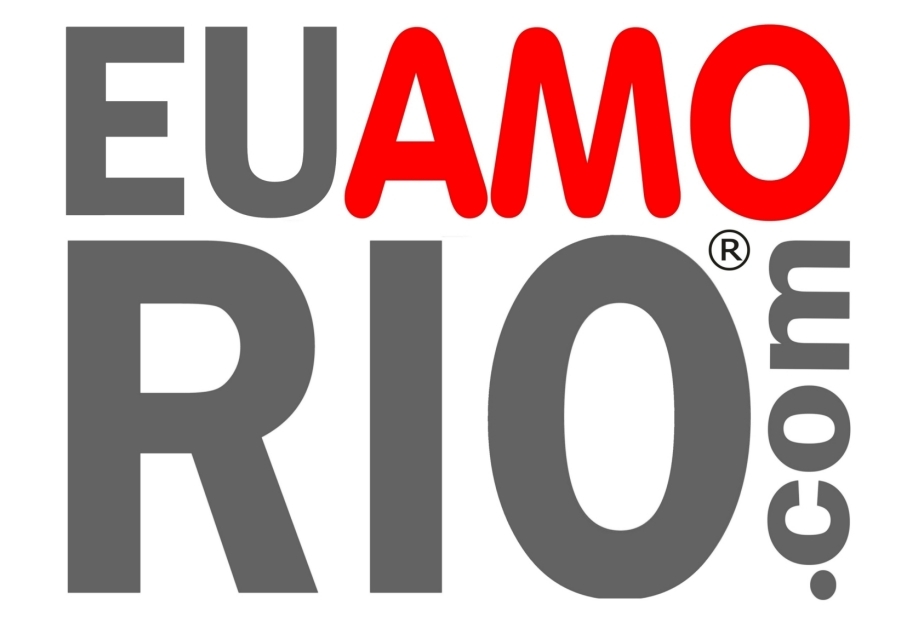



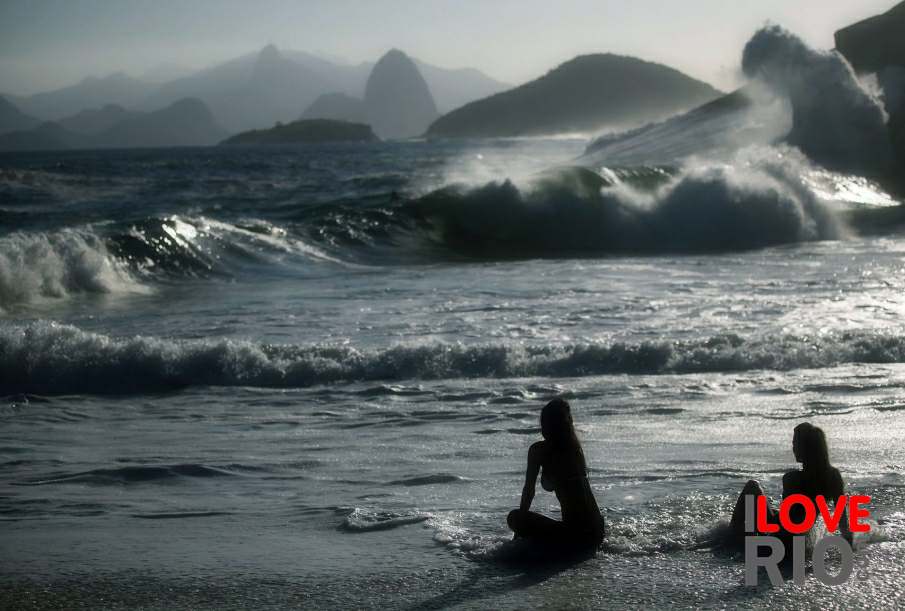
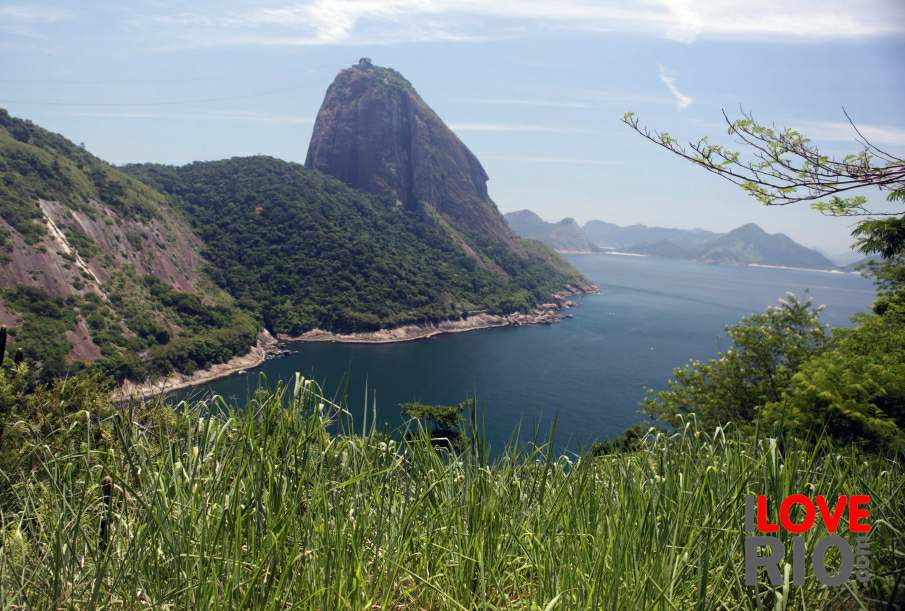

Vivid patterns, platforms and turquoise elements work perfectly in the hands of this plaza for tropical pręt-a-porter: Rio sets its own standards, and compares only to itself. A very unique use of tones, raw and shiny textures, as well as geometrical or flaunty shapes give an unmistakable flair to the runways, in fashion shows as well as on the beach.
Until early 20th Century Brazilian fashion was almost entirely determined by European trends, which meant that clothing rarely adapted to the tropical climate. In these early decades international styles were led by French designers, who liberated women from the corset.
The bikini was designed in Paris in 1946, causing such uproar that it was named after the Bikini Atoll, a small patch of the Atlantic Ocean where Americans performed atomic tests. It was first worn in Rio de Janeiro two years later, and has since become an iconic symbol of Carioca beach culture. In 1962, the very first flip flops were created in Brazil, based on Japanese footwear, which paved the way for the world renowned Havaiana brand.



